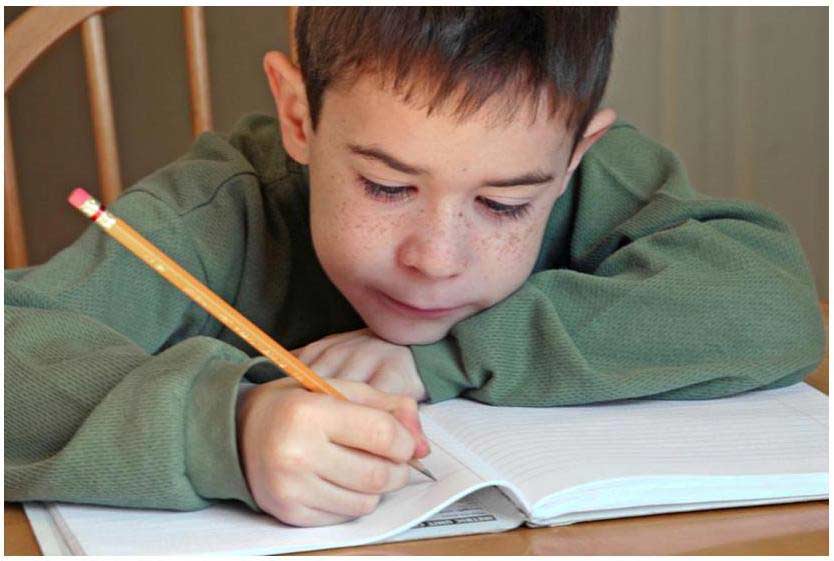 April is National Poetry Month! One of our favorite forms of poetry is the “Fib” Poem, which integrates poetry and math using the Fibonacci sequence. This mathematical sequence follows the following integer pattern:
April is National Poetry Month! One of our favorite forms of poetry is the “Fib” Poem, which integrates poetry and math using the Fibonacci sequence. This mathematical sequence follows the following integer pattern:
0, 1, 1, 2, 3, 5, 8, 13, 21, 34, 55, 89, 144, …
By definition, the first two numbers in the Fibonacci sequence are 1 and 1, or 0 and 1, depending on the chosen starting point of the sequence. The next number in the sequence represents the sum of the previous two numbers. What we know as the Fibonacci sequence was founded by Leonardo Pisano (known as Fibonacci) in 1202. Leonardo Pisano theorized the growth of a rabbit population to discover the sequence in his book Liber Abaci.
How fast could rabbits breed in ideal circumstances, he wondered. Suppose a newly-born pair of rabbits, one male, one female, are put in a field. Rabbits are able to mate at the age of one month, so that at the end of its second month, a female can produce another pair of rabbits. Suppose that our rabbits never die and that the female always produces one new pair (one male, one female) every month from the second month on. The puzzle that Fibonacci posed was: how many pairs will there be in one year?
- At the end of the first month, they mate, but there is still only 1 pair.
- At the end of the second month the female produces a new pair, so now there are 2 pairs of rabbits.
- At the end of the third month, the original female produces a second pair, making 3 pairs in all.
- At the end of the fourth month, the original female has produced yet another new pair, the female born two months ago produced her first pair also, making 5 pairs (from Plus Magazine)
This is how we get the sequence of Fibonacci numbers: if we continue to add to the quantity of rabbit population, after twelve months, there will be two hundred and thirty three rabbits.
Fib poetry is similar to the haiku, the famous Japanese poetry form, because both forms of poetry have strict rules for the amount of syllables that are used in each line of the poem. In haiku, the first line of the poem must be 5 syllables, then the second line must be 7 syllables, and the third and last line must be 5 syllables again. Haiku also typically describes something beautiful in nature. Here is an example of haiku:
The wren
Earns his living
Noiselessly.
– Issa
In fib poetry, the number of syllables per line are based on each number in the Fibonacci sequence. Most fib poems are made up of six lines with twenty syllables that correspond to the first six numbers in the Fibonacci sequence. Here is an example of a fib poem:
One
Small,
Precise,
Poetic,
Spiraling mixture:
Math plus poetry yields the Fib.
Gregory K. Pincus, “Fibonacci Poems Multiply on the Web After Blog’s Invitation”
Can you try to write a Fibonacci poem?
Written by: Editorial Team, My Learning Springboard, Inc.